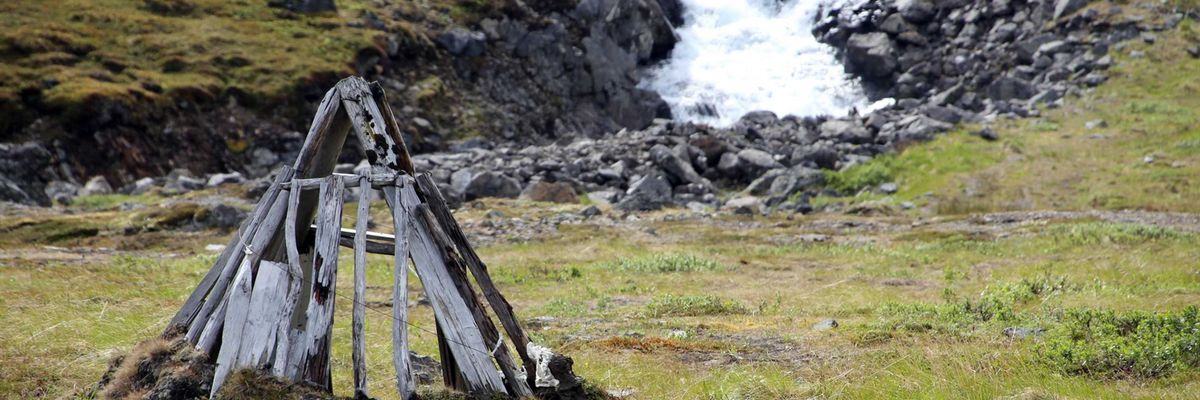green spaces
Schools across the US are removing asphalt to reduce heat risks
Schools are transforming asphalt playgrounds into greener spaces to combat extreme heat, which has become more dangerous as temperatures rise.
In short:
- Asphalt schoolyards magnify heat risks, with some surfaces reaching 145°F, putting children at risk of burns and heat illness.
- Efforts to green these spaces are expanding, with cities like Los Angeles and Philadelphia leading projects to add trees and reduce pavement.
- Costs and funding disparities make it harder for low-income school districts to implement these changes, despite the urgency.
Key quote:
“When you plant trees, you also get benefits for children’s well-being, for their learning, for play, for community access.”
— Sharon Danks, CEO of Green Schoolyards America
Why this matters:
Extreme heat in urban schools poses a growing danger to children, especially in low-income areas. Greening schoolyards offers a solution that improves health, safety and learning conditions.
Related EHN coverage:
Cities embrace nature by removing concrete for greener spaces
In a global movement, cities are replacing stretches of concrete with natural landscapes to foster environmental resilience.
In short:
- Cities worldwide are removing unnecessary concrete and asphalt, allowing natural elements to reclaim urban spaces.
- Depaving efforts enhance water absorption, reduce flooding, support wildlife, and improve urban mental health.
- The practice is increasingly seen as essential for climate adaptation, with some cities integrating it into official urban planning.
Key quote:
"Before, it was somewhere you would quickly try to walk through. Now there are places you might stop or have a chat. Sit and read the paper."
— Giuliana Casimirri, executive director of Green Venture
Why this matters:
By reintroducing nature into cities, we not only combat climate change effects like flooding and heatwaves but also enhance urban biodiversity and residents' well-being.
Be sure to read: In urban parks and forests, scientists dig to unearth answers to an age-old question—why are people healthier (and happier) when surrounded by nature?
Paris turns ‘little belt’ of train tracks into green spaces
Growing plants on buildings can reduce heat and produce healthy food in African cities
Green spaces have the potential to reduce heat and, in turn, improve health, especially in vulnerable urban areas.









